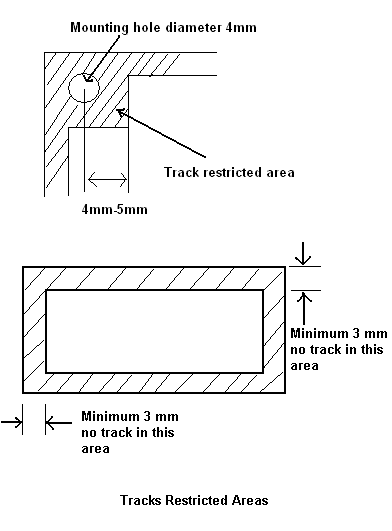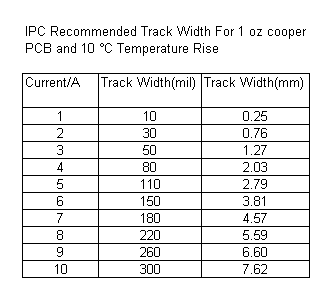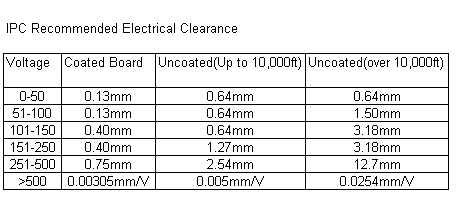PCB Design Layout Rules Recommendation
In the PCB design of electronics circuit, it is important that one plan and has a checklist of the do's and don'ts before proceeding to do the printed circuit board layout. The understanding of the circuit is critical to the design, for example one needs to understand the maximum current and voltage that are carried by each conductor in order to determine the track width of the conductor and the type of PCB that will be used.
The voltage difference between each track will determine the clearance between each conductor. If the clearance is not enough, chances are that the electrical potential between each track will cause spark over and short circuit the PCB.
This will cause functional failure to the product and the safety of the users that are using the product will be compromised. It is therefore critical for one to understand some of this basics requirements before one proceed to design the PCB.
Tracks Restricted Area
Tracks should not be located on the areas that can caused them to be peeled off easily. One of the restricted area is holes on the PCB which are used to mount screws or PCB spacers. These holes are usually used to secure the PCB to a casing or to secure it in a fixed place.
The edges of the PCB should not have any tracks as these areas are usually used to transport the PCB from one process to another process by using a conveyor belt. These edges are places where the possibility of scratches and cracking of the PCB happens. The recommended areas that should not have any track is as shown in the diagram below assuming a hole diameter of 4 mm which is used to mount a PCB spacer.

Conductor Thickness and Width
The PCB conductor thickness and width will determine the current carrying capacity of the track. The IPC standard for the conductor thickness and width of the common 1 oz/square-feet PCB is as shown below. However, it is always advisable to use a bigger value due to the tolerance and variation of the PCB processes. If higher current carrying capacity is required, a 2 oz/square-feet or 3 oz/square-feet type of PCB is preferred. Many electronics hobbyist prefer to solder a thick cooper conductor on the PCB track to increase the current carrying capacity of the track.

PCB Design Electrical Clearance
Many safety standards call for a minimum of 8mm clearance between 40V mains and other isolated signal tracks. These safety standards are to ensure that the users that are using the products will be protected from any electrical hazards.
For non main voltages, IPC recommend the electrical clearance between adjacent tracks. It is important to know the maximum difference in voltage that are applied on the adjacent tracks of a PCB. The electrical clearance specs of IPC standard is as shown below for various condition of the PCB.
Coating the PCB will help to reduce the requirements of the track clearance. However, the quality of the coating as well as the material used are critical to ensure that these requirements are met. Again, it is always advisable to increase the clearance to cater for the variations of the PCB processes.




New! Comments
Have your say about what you just read! Leave us a comment in the box below.